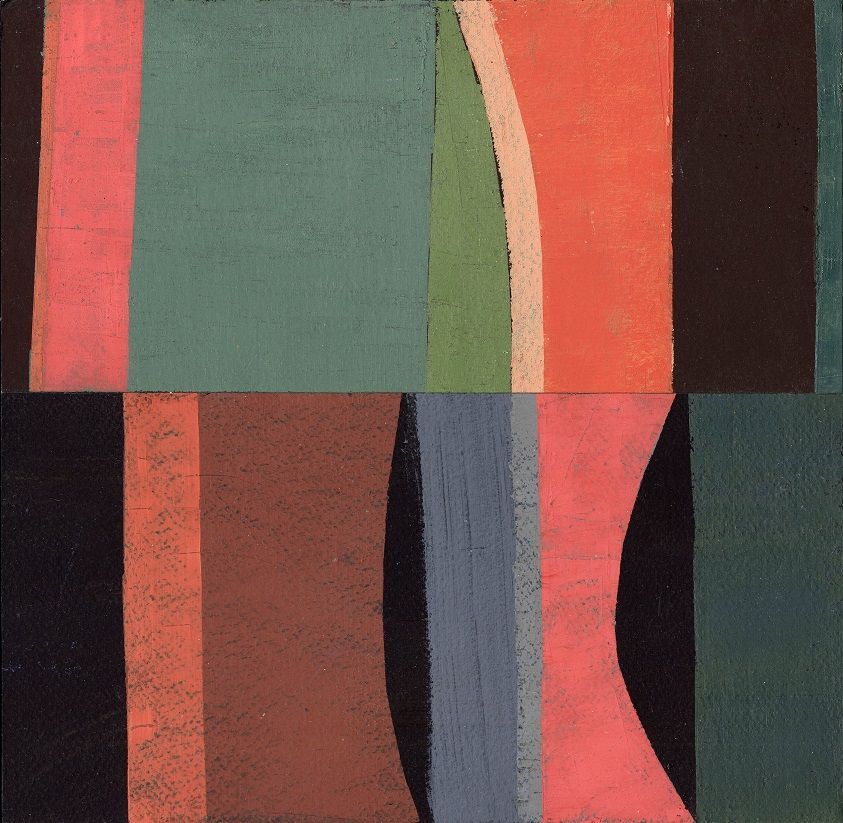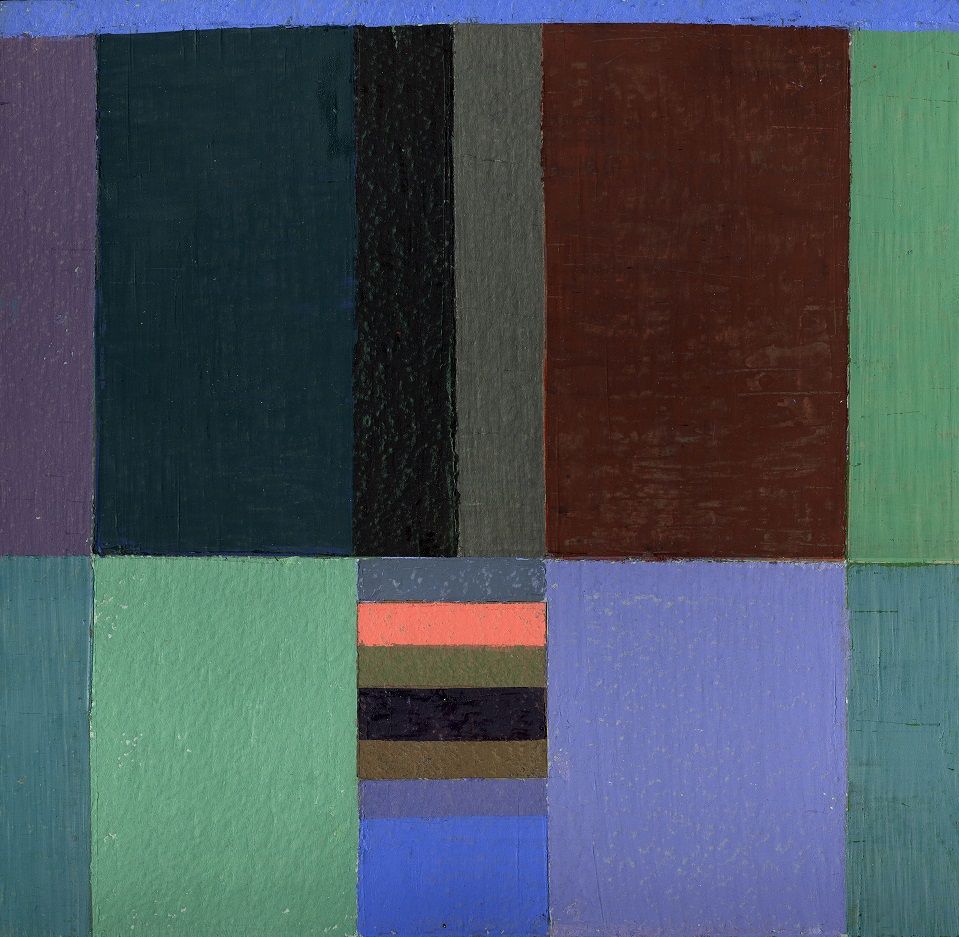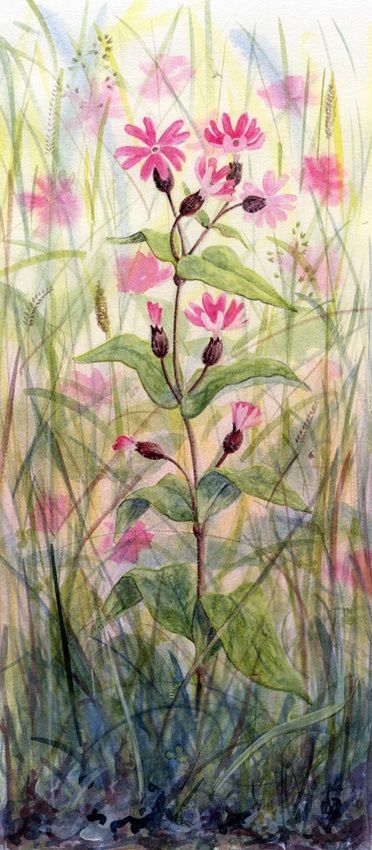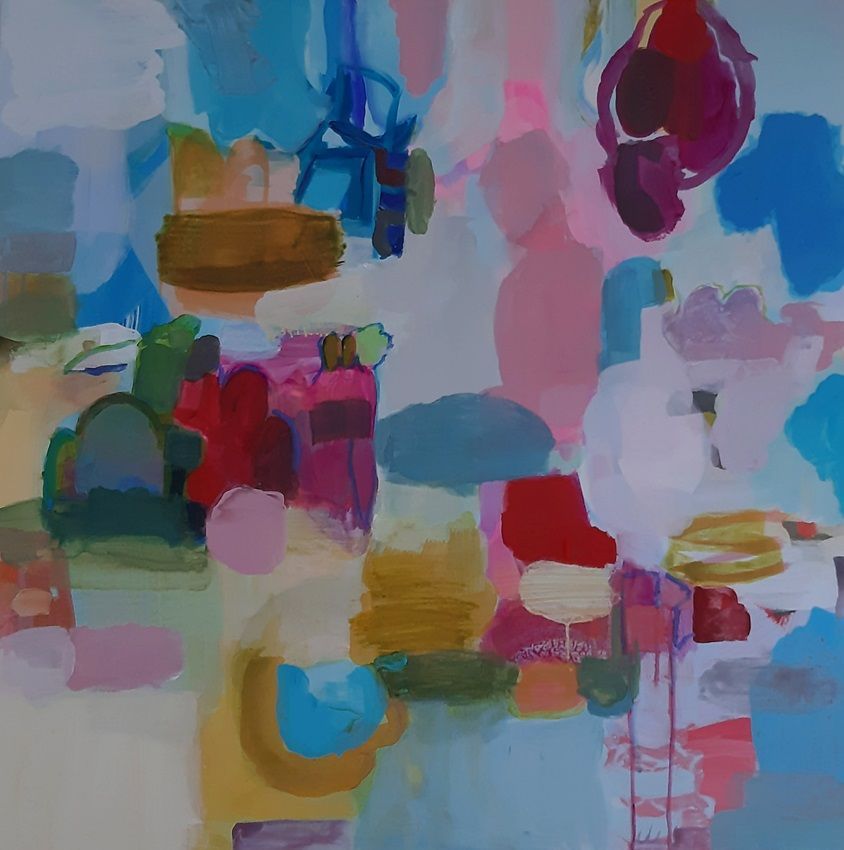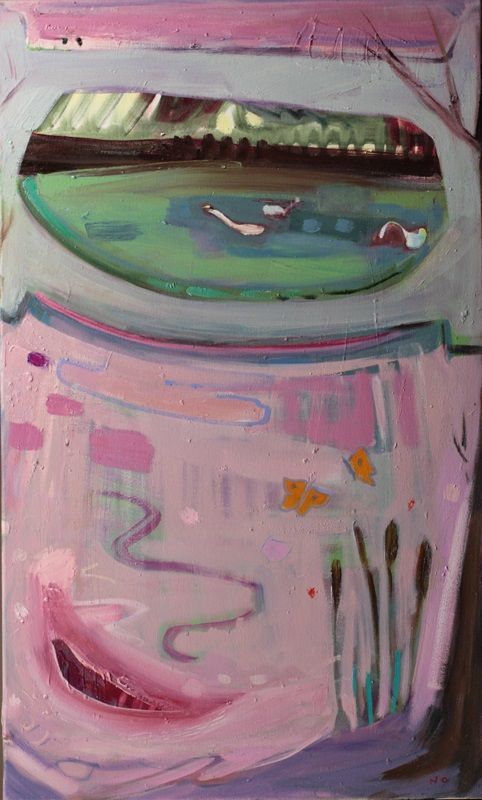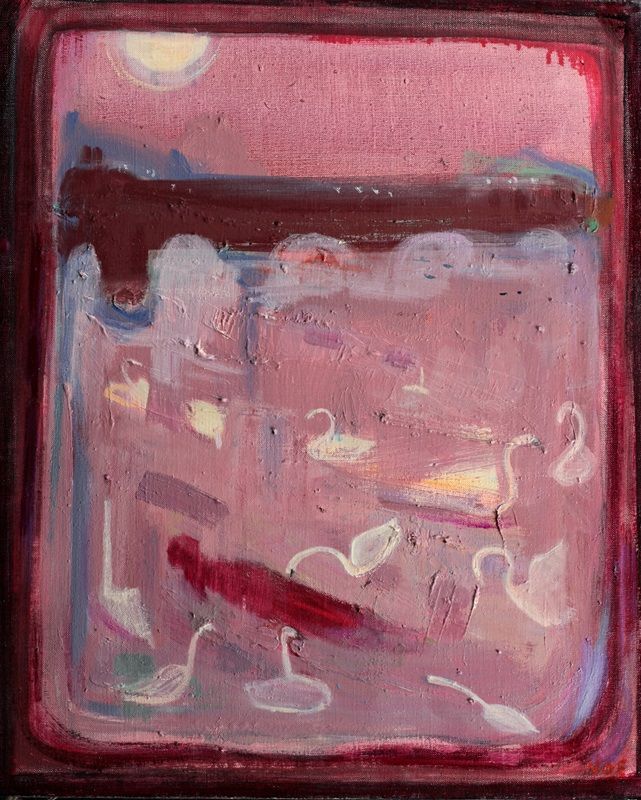Pink is my colour summer group show
'Pink is my colour', summer group show - 9 June to 31 July 2024
Summer group show
Artists: Hugh Cummins, David Fox, Kelly Ratchford, Mary A. Fitzgerald, Eoin Mac Lochlainn, Miriam McConnon, Yanny Petters, Sheila Naughton, Nickie Hayden, Vicky Smith and invited artists Bernadette Doolan, Joe Dunne RHA, Hannah Ní Mhaonaigh and Noël O'Callaghan.
Artists: Hugh Cummins, David Fox, Kelly Ratchford, Mary A. Fitzgerald, Eoin Mac Lochlainn, Miriam McConnon, Yanny Petters, Sheila Naughton, Nickie Hayden, Vicky Smith and invited artists Bernadette Doolan, Joe Dunne RHA, Hannah Ní Mhaonaigh and Noël O'Callaghan.
Official opening: Sunday 9 June 2024, 3:00pm
The artist and presenter of the Artist's Well, Alan Keane, will be in conversation with Olivier about the gallery's approach to curating thematic art exhibitions.
The show will run in our main exhibition space until 31 July 2024.
The Olivier Cornet Gallery is delighted to present
'Pink is my colour', a summer group show featuring work by our artists Hugh Cummins, David Fox, Kelly Ratchford, Mary A. Fitzgerald, Eoin Mac Lochlainn, Miriam McConnon, Yanny Petters, Sheila Naughton, Nickie Hayden, Vicky Smith and invited artists Bernadette Doolan, Joe Dunne RHA, Hannah Ní Mhaonaigh and Noël O´Callaghan.
In her excellent essay “A Cultural History of Pink – Just in Time for the Pinkest Summer Ever” for Sotheby (28 July 2023), Valerie Steele wrote:
“…in recent years hip hop has had the greatest influence on pink in popular culture. In addition to the female rappers, such as Lil’ Kim, Rihanna, and Nicki Minaj, there are a host of male rappers who wear pink, beginning with Big Boi who wore pink to the 2001 MTV Video Music Awards. Kanye West adopted neo-preppy pink polos, while Pharrell wore the Japanese brand A Bathing Ape, which popularized pink camouflage for men…”
‘Pink is my colour’ is a group show featuring work by artists invited by Olivier Cornet or artists his gallery represents or works with on a regular basis.
The colour pink has been the subject of many essays in recent years. Many observers have focused on the many shifts that this colour has undergone throughout the centuries and across many cultures.
It wasn’t apparently until the Renaissance period that artists began to explicitly discuss pink as part of their palette. One should note that pink is quite rare in nature except in flowers, which would explain why the colour entered many languages (as a noun based on flowers or elements of flowers) as late as the 17th century.
It would seem that 18th-century fashion and the world of ‘interior design’ then helped to popularize the shade, a favourite amongst men and women of the European bourgeoisie. One could go on about other events such as the influence of Japanism on the impressionists to note its recurring presence in the work of artists such as Degas, and then later with neo-impressionists such as Seurat. Fauvism also ensured the continuing success of the shade. Yet, observers have also pointed out its more discreet presence in subsequent male-dominated movements such as Surrealism, Dada and Abstract Expressionism, only to emphasize its drastic return with pop-art: one just has to look at certain works by Andy Warhol or David Hockney for instance.
And this might explain that: one cannot look into pink without mentioning another shift the colour went through in the 20th century in terms of its gender-specific association.
In the USA, an article published in the June-1918 issue of Earnshaw's Infants' Department, a trade publication, contained the following mention:
"The generally accepted rule is pink for the boys, and blue for the girls. The reason is that pink, being a more decided and stronger color, is more suitable for the boy, while blue, which is more delicate and dainty, is prettier for the girl."
Many have indeed forgotten that in western countries, the transition to pink as a sexually differentiating colour for girls occurred gradually in the 1930s and 40s through the selective process of the marketplace. In the 1920s, as seen above, pink was often described as a masculine colour, an equivalent to red, which was considered for men but lighter for boys. Yet, stores nonetheless found that people were increasingly choosing to buy pink for girls, and blue for boys, until this became an accepted norm in the 1940s…
Beyond -or independently of- the persistent associations and perceptions attached to the colour pink, their unmasking or their reclaiming, this show invites the viewer to look at how artists use the colour pink in their work, profusely or in the all-important background of their wonderful imagery.
This is an exhibition that also purports to outline the power of words and how they can influence the way we look at things, even when taking a closer — or seemingly carefree — look at artworks.
"The qualities we associate with the pastel color pink are quite diverse. They range from sensitive, tender, youthful, artificial or unreal to eccentric, vulnerable, and pleasurable. The color is at home in both "high" and "low" culture... What is unique about pink is that it is assertive in whatever context it appears."
Barbara Nemitz, 'Pink: The Exposed Color in Contemporary Art and Culture', Hatje Cantz Ed. (2008).
We are delighted to mention that this show is part of the 2024 Bloomsday Festival's programme organised by the James Joyce Centre Dublin.
Just like James Joyce’s Ulysses and its colourful characters, this exhibition promises to bring out a rich array of bold and wonderful tones.
Coverage:
- Bloomsday 2024 Festival, James Joyce Centre, Dublin
-
Button
Joe Dunne, Pink Colour Poem, egg/oil tempera and oil on paper, 23.4x23.5cm
-
Button
Joe Dunne, Colour Poem with Pink, oil on paper, 26.7x26.7cm
-
Button
David Fox, Abandoned Bus, oil on canvas, 92x122cm
-
Button
Yanny Petters, Red Campion Silene dioica, watercolour and watercolour pencil on paper, 32x15cm
-
Button
Mary A. Fitzgerald, Cave-dwellers, acrylic on canvas, 100x100cm
-
Button
Noël O'Callaghan, Candyworld Smiles (from the series Feathers for Rosa), oil on linen, 120x60cm
-
Button
Noël O'Callaghan, Amongst the Flock (from the series Feathers for Rosa), oil on linen, 60x50cm
View more
Opening hours:
Tuesday to Friday: 11am-6pm (till 8pm on Thursdays)
Saturday & Sunday: 12 noon-5pm
© 2024 Olivier Cornet Gallery, Dublin (Ireland).
All rights reserved.

